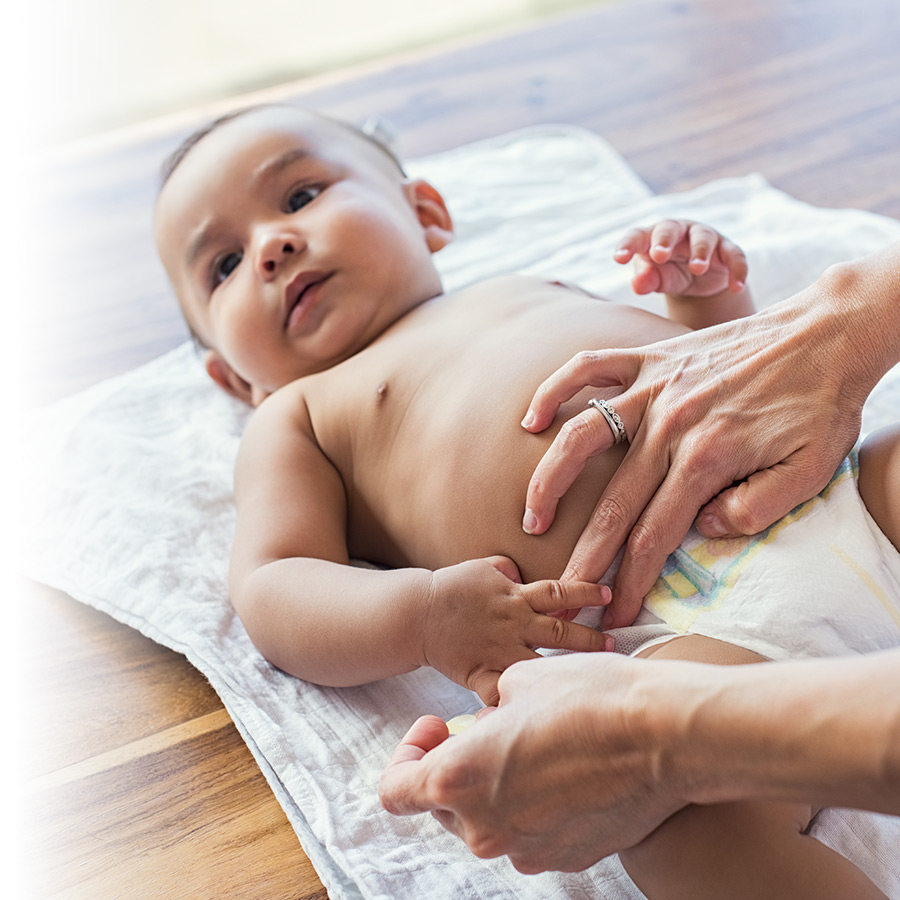The diaper is a must in the life of every baby and every parent. How do you make the right choice and the appropriate use of this essential item?
Choosing disposable diapers
Did you know that on average, a young child will wear between 4,500 and 6,000 diapers during their first years of life? It's not surprising that many parents wonder how to make the best choice of diapers to ensure their little one's comfort.
When buying disposable diapers, there are several criteria to consider, including.
- The more absorbent a diaper is, the more comfortable it is for Baby and the less often it needs to be changed. It is important that their bottom is dry owing to a diaper that traps moisture effectively.
- The ability to prevent leaks. The diaper must be well fitted, therefore the right size. Also, it should fit close to the child's body, especially around the thighs, buttocks and stomach. Not only does this prevent leaks, but it also makes it easier for your baby to move around.
- Cost of purchase. It's usually worth investing in quality diapers, but there's nothing to stop you from shopping around and comparing prices to get the most bang for your buck.
- Personal preferences. Some parents prefer a particular brand. Since diapers need to be changed several times a day, it's natural to choose the one that works best. Trying several brands can help you make an even more informed choice.
Unscented diapers are preferable, as scented diapers can cause irritation.
Diaper use for babies
All babies need to wear diapers for the first two years of life. Diaper changes are usually repeated at least five times a day. That's why it's so important to pay close attention.
Here are some tips for informed parents:
- Before buying diapers, check the package to see what weight range the size corresponds to.
- Even if you use high-quality diapers, it is important to change them regularly, even if they only contain urine. Sometimes this can prevent chafing and other problems, such as diaper rash.
- If you're changing a baby boy's diaper, watch out for that little surprise squirt! Some infants have a tendency to pee when cool air comes into contact with their private parts. To avoid this, prepare the new diaper ahead of time to cover the " trouble spot " as soon as possible.
- Open the clean diaper before removing the soiled one, so you don't have to do it when your baby decides to squirm around.
- Purchase a pack of diapers that are larger than the current size in advance, so that you have it on hand when you realize that your little one has grown. A diaper that is too small may be less comfortable and especially less "efficient".
Potty training
Potty training can take several months, so it's important to be lenient and patient. Every child is unique and some children will be ready sooner than others. Rest assured, there's no rush. Your child will get there at their own pace.
The more adventurous ones will start the process a little before age two, while latecomers will reach the potty stage well after their third birthday. It's best to wait for clear signs that your child is ready to move on to this new stage, and not to rush into anything, so that you can live through this transition period with peace of mind, both for the child and for the parents!
The transition to training underwear (sometimes called pull-ups) that can be pulled down with ease makes potty training much easier. There are quality, highly absorbent and comfortable products on the market that parents and children love.
Here are a few tips for informed parents:
- Potty training is marked by many missteps and accidents. This is absolutely normal, so don't be upset.
- Encourage and praise your child's small achievements without putting any pressure on them.
- Involve your child in buying training underwear that they like (e.g. with pictures of their favorite cartoon character)!
- Once you start using training underwear, don't go back. Alternating with diapers can confuse your child. Consistency is key.
- Teach your child where the potty and training underwear are located. Encourage them to pick up their own underwear, just like a big kid.
- Make changing underwear or potty time fun and enjoyable. Add a nursery rhyme, song or ritual to it.
Nocturnal enuresis
If your child still wets the bed at night at least three times a week after the age of four, speak to their pediatrician. Your child may eventually be diagnosed with nocturnal enuresis, also known as "nighttime incontinence". If so, you can put a plan in place to correct the situation with professional help.
Absorbent underwear is available that is specifically designed for the needs of older children with bladder weakness. Using them can make the experience less difficult, as bedwetting often comes with discomfort, frustration and other unpleasant feelings.
Don’t hesitate to speak to your pharmacist for additional information on how to care for your child.


